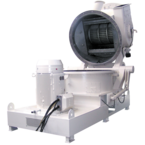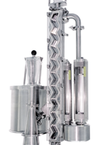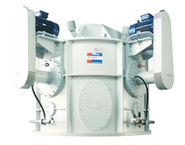Special flours from flour mills for the manufacturing industry place complex requirements on the process technology. Comminution in the µm range is demanded when manufacturing starch flours and protein-rich flours made of peas, lupins, broad beans, soya or wheat, as well as for the enrichment of ß-glucane and the grinding of bran. At the same time, uniform particle sizes and the steepest possible particle size distributions must be achieved.
With high-performance mills and classifiers, as well as specially developed processes such as protein shifting, Hosokawa Alpine AG offers state-of-the-art high-tech solutions for the manufacture of special flours. Feed materials of varying origin, for example, starch from spray, belt or drum dryers, high throughput rates and protein enrichment concentrations, as well as high portions of fibres and shells in the case of bran are just a couple of the challenges placed on process technology by special flours.
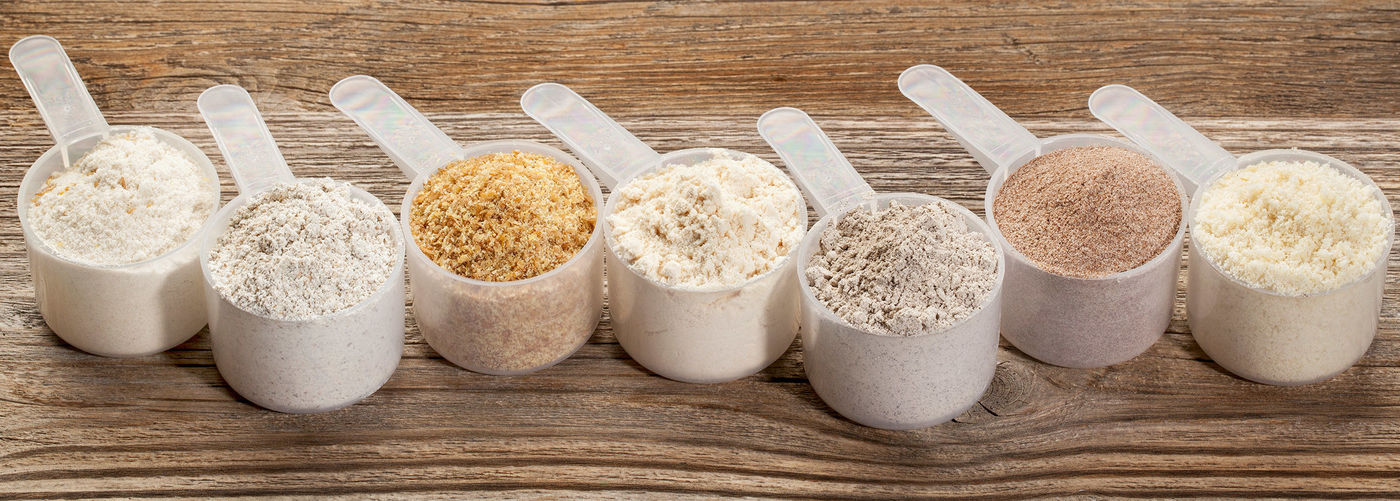





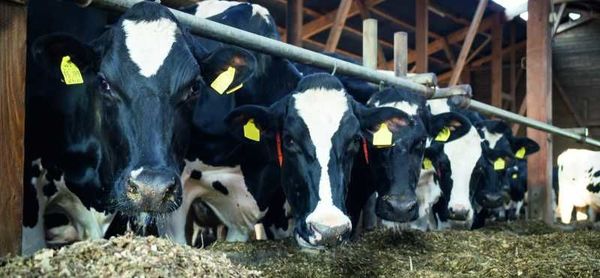
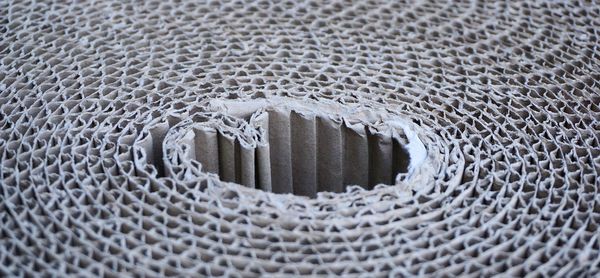



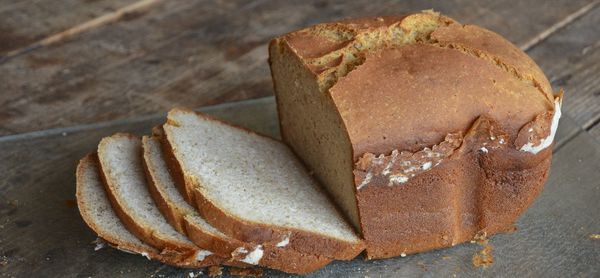

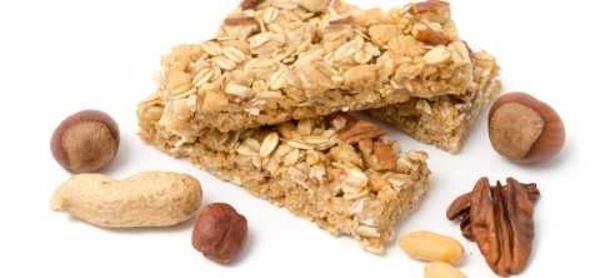

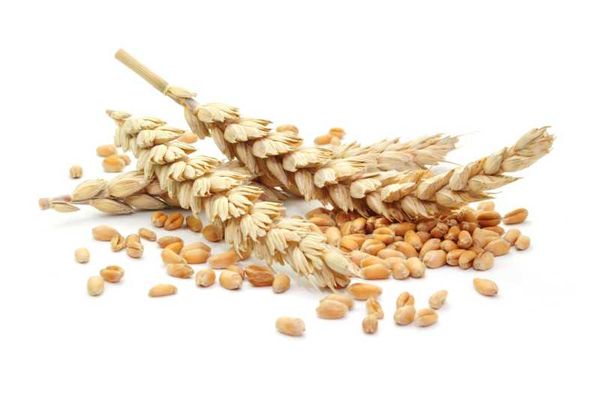
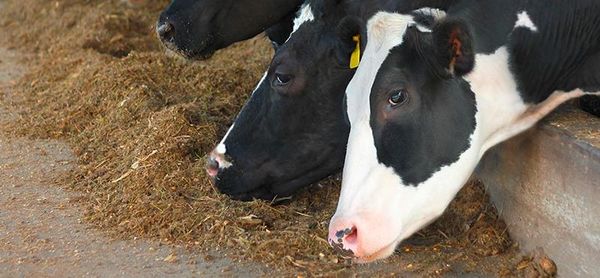
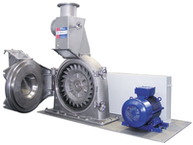
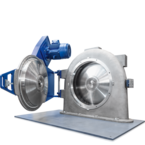
![[Translate to English:] [Translate to English:]](/fileadmin/_processed_/e/7/csm_ACM-40-CL_7a8abe7599.png)
